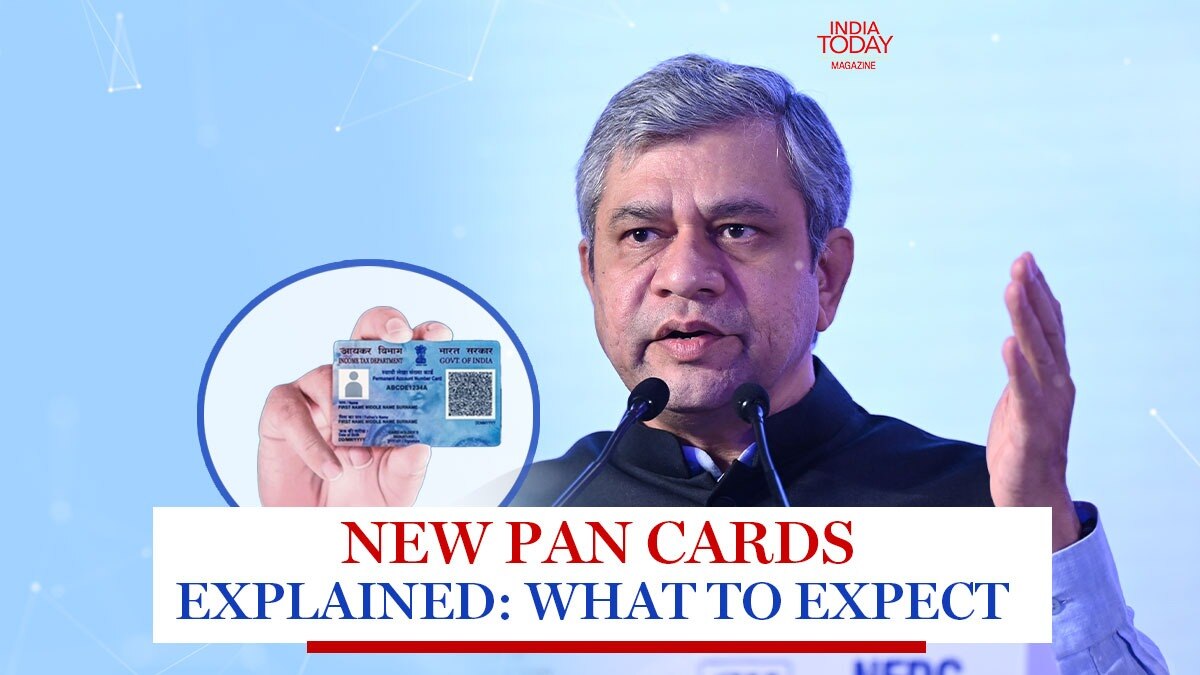 |
|
The Indian Income Tax Department's launch of PAN 2.0 signifies a significant upgrade in the management of Permanent Account Numbers (PAN). This initiative aims to streamline processes, enhance security, and provide taxpayers with a more convenient experience. The core of PAN 2.0 is the introduction of e-PAN cards, digitally delivered to taxpayers via email. These e-PAN cards incorporate a QR code, adding a layer of security and facilitating faster verification. This move towards digitalization is a key component of the Indian government's broader e-governance strategy, aiming to improve efficiency and reduce bureaucratic hurdles for citizens.
The process of obtaining an e-PAN card under PAN 2.0 is remarkably straightforward. Taxpayers can access the NSDL or UTIITSL portals depending on their existing PAN card issuer, identified on the back of their physical card. The application process requires basic personal information, including PAN, Aadhaar (for individuals), and date of birth. Verification through OTP enhances security, preventing unauthorized access and ensuring only the legitimate cardholder can access their information. While the service is free for a limited number of requests within a specified timeframe, a nominal fee applies for subsequent requests, maintaining a balance between accessibility and administrative costs. The e-PAN is electronically delivered within 30 minutes of successful payment. This immediate digital access eliminates the waiting period associated with physical card delivery, significantly enhancing convenience.
Beyond the issuance of new e-PAN cards, PAN 2.0 focuses on consolidating and centralizing PAN-related services. The project integrates the management of Tax Deduction and Collection Account Numbers (TAN), streamlining processes for both individuals and businesses. The unified portal aims to eliminate redundancies and improve overall efficiency. Furthermore, PAN 2.0 facilitates online PAN validation services for user agencies, including banks, financial institutions, and government departments. This centralized verification system improves accuracy and reduces the risk of fraudulent activities. The ability for authorized entities to quickly and reliably verify PAN numbers is a critical step towards enhancing financial transparency and security in India.
A crucial aspect of PAN 2.0 is the enhancement of security features. The QR code incorporated into the e-PAN card adds a significant layer of protection against counterfeiting and fraud. The encoded data within the QR code is encrypted, making it extremely difficult to duplicate or tamper with. This not only protects taxpayers from identity theft but also safeguards the integrity of financial transactions. The ability to quickly and securely verify PAN details through the QR code contributes to a safer and more efficient financial ecosystem. This also contributes to minimizing errors in financial transactions and promoting data accuracy. The system promotes a more secure and efficient financial landscape by reducing impersonation and fraud.
The implementation of PAN 2.0 also addresses the need for updating personal information on existing PAN cards. Taxpayers can easily correct or update their details, such as email, mobile number, address, name, and date of birth, online at no additional cost. This feature simplifies the process of maintaining accurate information with the Income Tax Department. The ability to make these updates online reduces the need for in-person visits and streamlines the administrative process. The government's commitment to simplifying these procedures is a key factor in improving the overall taxpayer experience and reduces the bureaucratic burden.
The necessary documents for applying for a PAN card remain largely consistent with previous processes. Taxpayers will require proof of identity (Aadhaar, Passport, Driver's License, or Voter ID), proof of address (bank statements, rental agreements, utility bills), and proof of date of birth (birth certificate, school leaving certificate, or passport). The proactive gathering of these documents simplifies the application process and ensures a smoother and quicker application. Having these documents readily available before commencing the online application avoids potential delays in the processing of the request. Providing complete and accurate information speeds the processing time for both new and updated PAN cards.
In conclusion, PAN 2.0 represents a major advancement in the management of PAN cards in India. The introduction of e-PAN cards with QR codes, combined with centralized services and online updates, significantly improves convenience, security, and efficiency for taxpayers and government agencies alike. The emphasis on digitalization and streamlined processes exemplifies the Indian government's commitment to modernizing its administrative infrastructure and providing better services to its citizens. The incorporation of strong security measures, particularly the QR code, protects against fraud and ensures the integrity of the PAN system. PAN 2.0 is a notable example of successful e-governance and modernization within the financial sector in India.
Source: PAN 2.0: How to submit details online to get the upgraded PAN card
